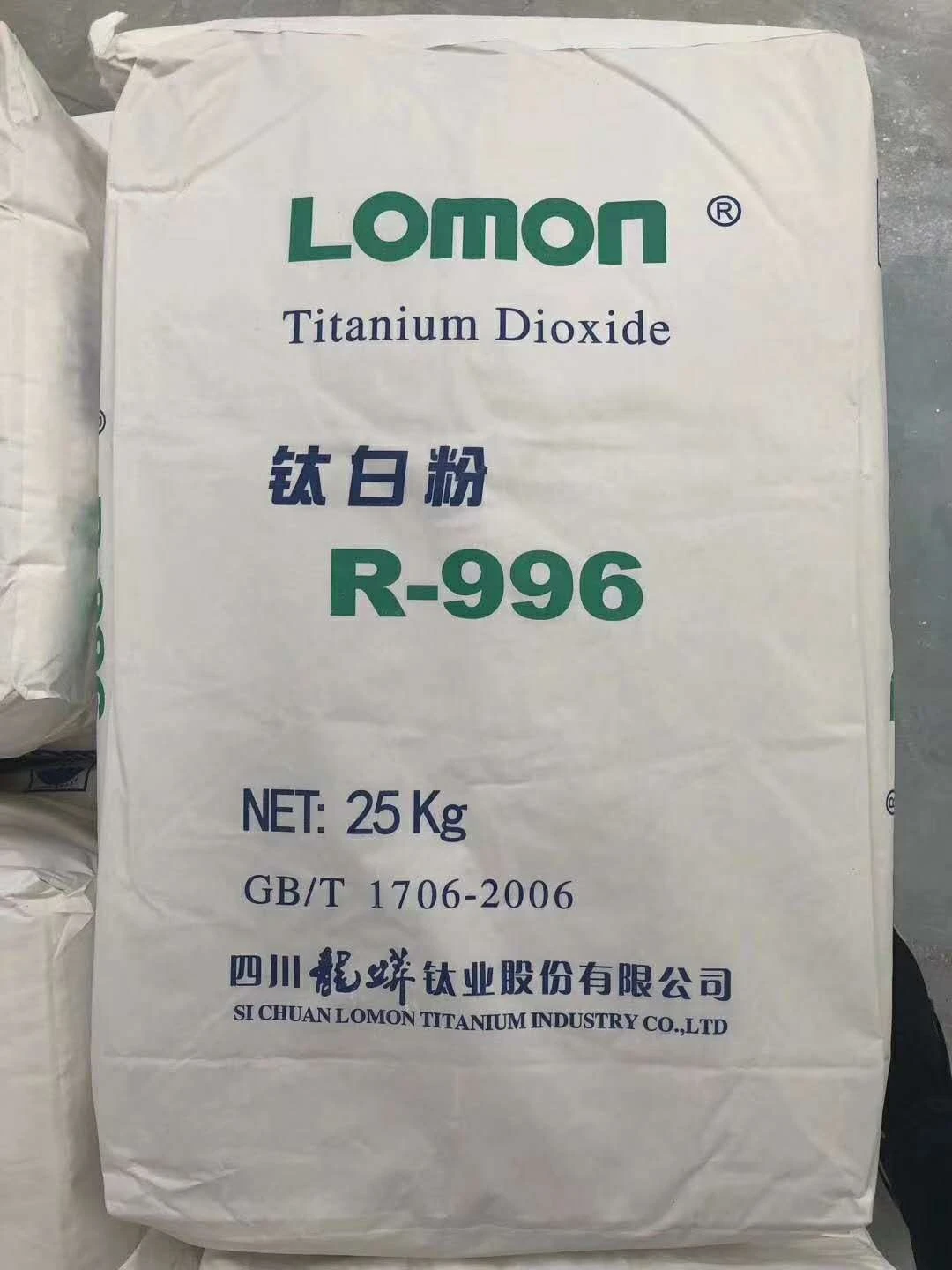
Nov . 26, 2024 21:57 Back to list
Properties and Applications of Anatase Phase Titanium Dioxide Nanomaterials in Industry
The Significance and Applications of Anatase Titanium Dioxide
Titanium dioxide (TiO2) is an important compound widely known for its utility in various industries due to its unique physical and chemical properties. Among its three mineral forms—anatase, rutile, and brookite—anatase titanium dioxide stands out for specific applications in photocatalysis, pigment production, and environmental remediation.
Introduction to Anatase Titanium Dioxide
Anatase, one of the two most common crystalline forms of titanium dioxide, possesses a tetragonal crystal structure. Its distinctive features include high surface area, optimal photocatalytic activity, and improved light absorption capabilities, particularly in the ultraviolet (UV) range. These properties make anatase a valuable material for a wide range of applications, especially in photocatalysis where it excels in energy conversion processes.
Photocatalytic Applications
One of the most promising uses of anatase titanium dioxide is in photocatalysis. Under UV light, anatase can facilitate chemical reactions that break down organic pollutants, making it valuable in environmental cleanup efforts. For example, in wastewater treatment processes, anatase TiO2 can degrade harmful substances like dyes, pharmaceuticals, and emerging contaminants, transforming them into harmless byproducts.
This ability to catalyze reactions when exposed to light holds significant potential for solar energy applications. As the world shifts towards clean energy sources, anatase TiO2 is being explored for use in solar cells and as a catalyst in photoelectrochemical water-splitting systems, which can convert sunlight into hydrogen fuel. These innovations underline the relevance of anatase titanium dioxide in the pursuit of sustainable energy solutions.
Pigment Production
Beyond environmental applications, anatase titanium dioxide has been extensively utilized as a pigment in various products. Its superior brightness and opacity make it a favored choice in the production of paints, coatings, plastics, and inks. The white pigment produced from anatase provides excellent coverage and durability, allowing manufacturers to create appealing and long-lasting products.
anatase titanium dioxide

Anatase is often preferable to its counterpart rutile in applications requiring superior dispersion properties and lower density. Its smaller particle size contributes to these benefits, making it an ideal component for formulations where lightweight and efficient coverage are essential.
Environmental Remediation
Anatase titanium dioxide also plays a critical role in air purification and disinfection. When used in coatings and filters, it can degrade airborne pollutants and microorganisms upon exposure to UV light. This is particularly advantageous in urban environments, where air quality is a growing concern. Buildings and vehicles coated with anatase TiO2 can contribute to cleaner air by breaking down nitrogen oxides and volatile organic compounds, enhancing public health and safety.
Various studies have showcased the efficiency of anatase in photocatalytic air purification systems, revealing its potential to mitigate pollution levels in indoor and outdoor environments. As urbanization continues to increase, the demand for effective solutions for air pollution control implies a growing market for anatase titanium dioxide technologies.
Challenges and Future Prospects
Despite its numerous advantages, the application of anatase titanium dioxide faces certain challenges. For instance, the necessity of UV light activation limits its effectiveness in environments lacking natural sunlight. To combat this limitation, researchers are exploring ways to modify the material or create composite structures that can harness visible light for similar photocatalytic reactions.
Moreover, as the field of nanotechnology advances, techniques to create nanostructured anatase TiO2 can enhance its properties for specific applications. Innovations such as doping with other elements to shift its light absorption capabilities, improving photocatalytic activity, or developing more efficient methods for production and application are ongoing.
Conclusion
Anatase titanium dioxide stands as a critical material in today's industrial landscape, offering remarkable capabilities for environmental remediation, pigment production, and potential future energy solutions. As research continues to improve its applicability and efficiency, the significance of anatase TiO2 in both sustainable practices and product development will undoubtedly grow. Embracing its potential will pave the way for innovative approaches to some of the most pressing challenges in environmental sustainability and industrial performance.
-
China Lithopone in China Supplier – High Quality Lithopone ZnS 30% Powder for Wholesale
NewsJun.10,2025
-
Top China Titanium Dioxide Company – Premium TiO2 Powder Supplier & Manufacturer
NewsJun.10,2025
-
Fast Shipping 99% Pure TiO2 Powder CAS 13463-67-7 Bulk Wholesale
NewsJun.10,2025
-
Top China Titanium Dioxide Manufacturers High-Purity R996 & Anatase
NewsJun.10,2025
-
Lithopone MSDS Factories - Production & Quotes
NewsJun.10,2025
-
High-Quality Titanium Dioxide in Water Suppliers - China Expertise 60
NewsJun.09,2025
